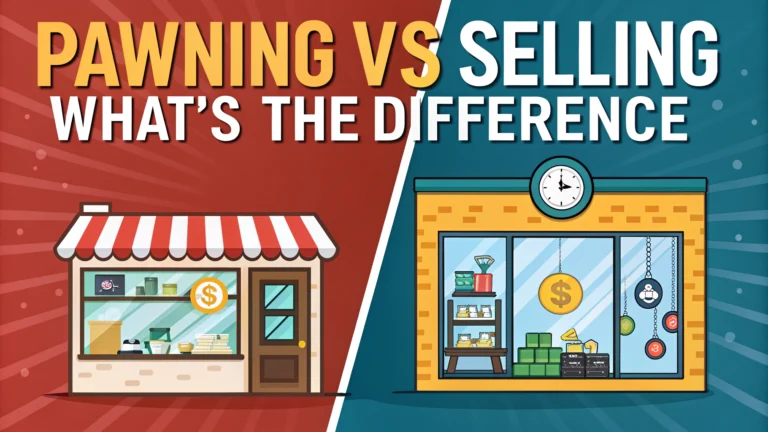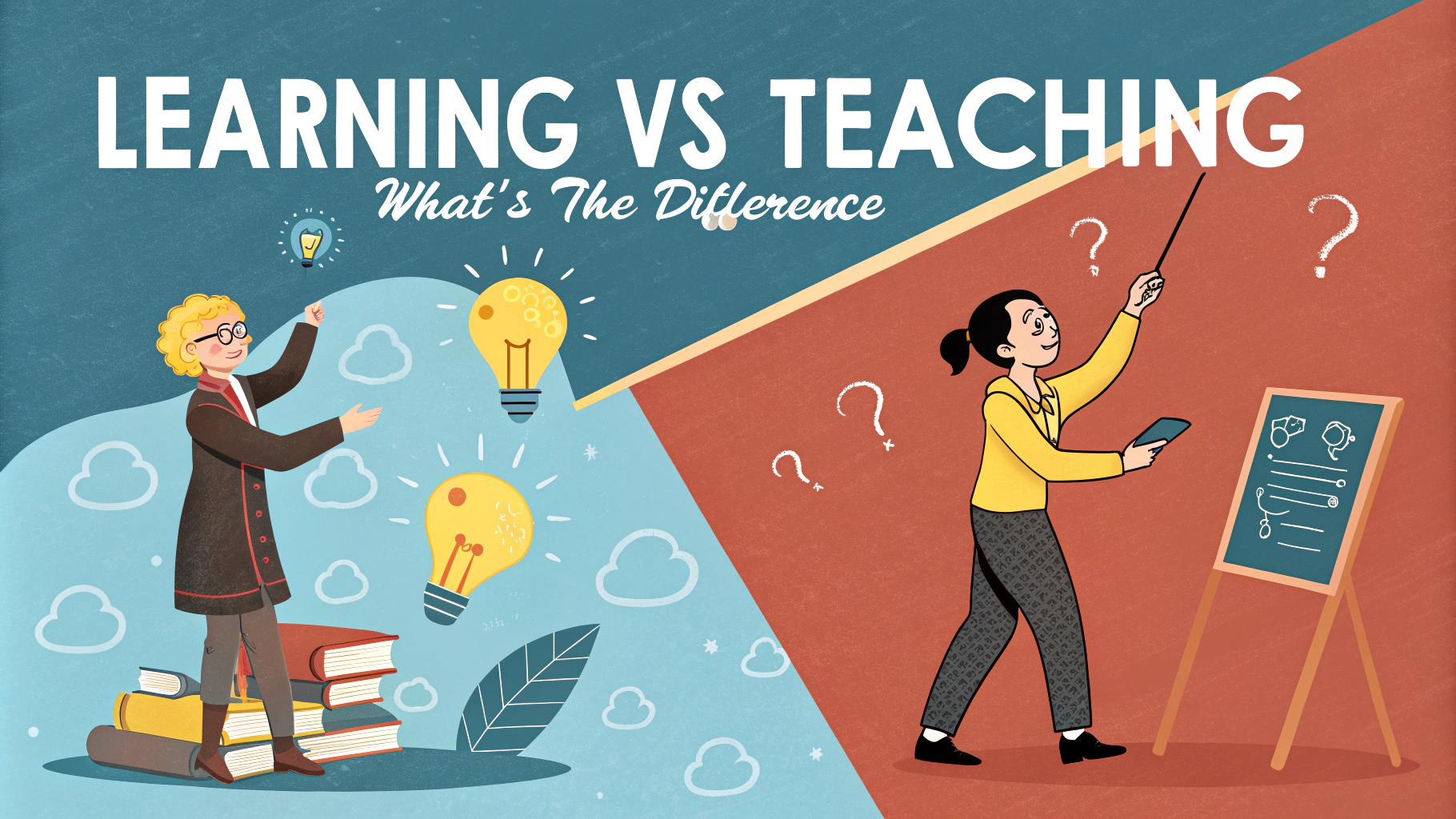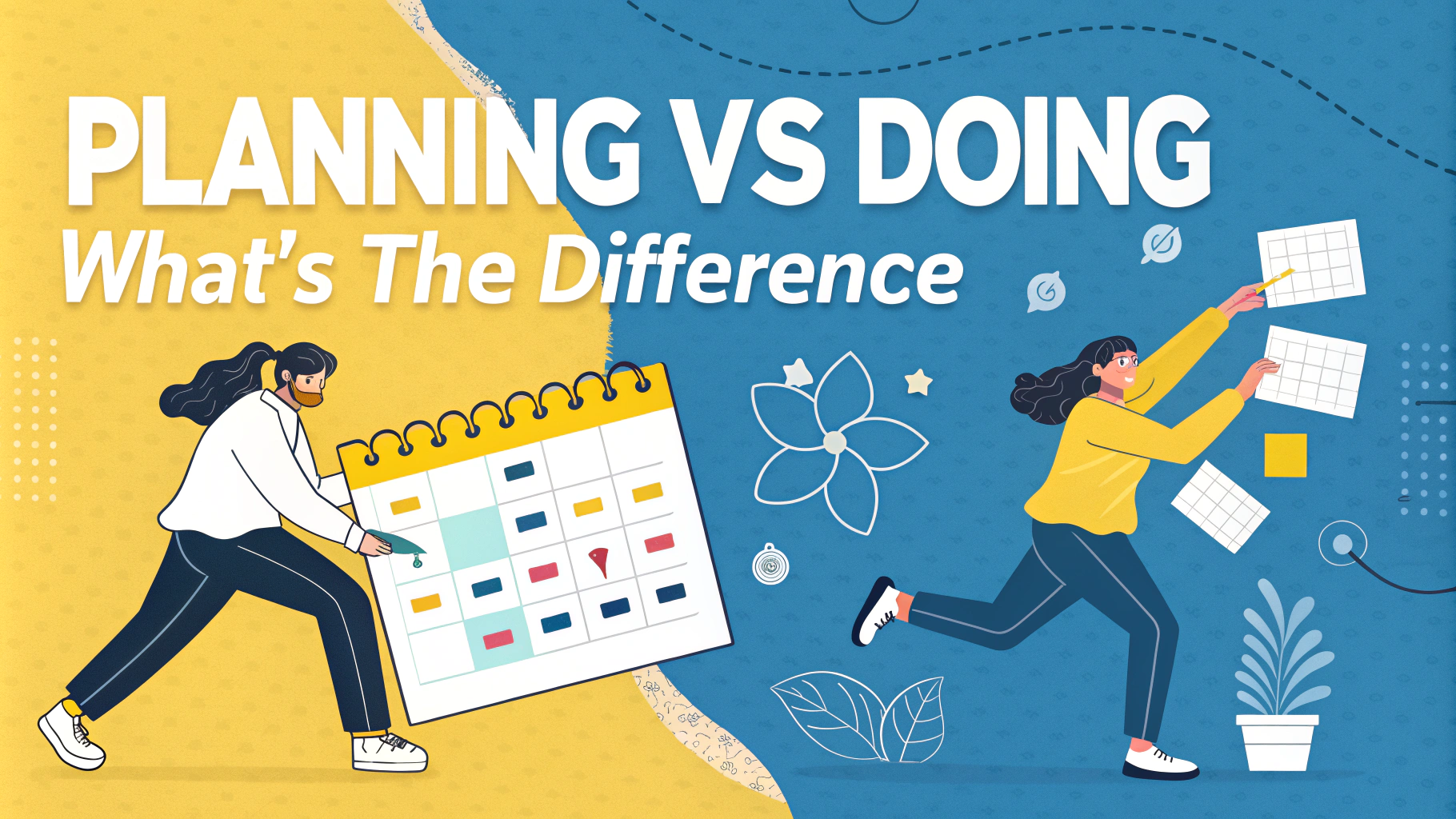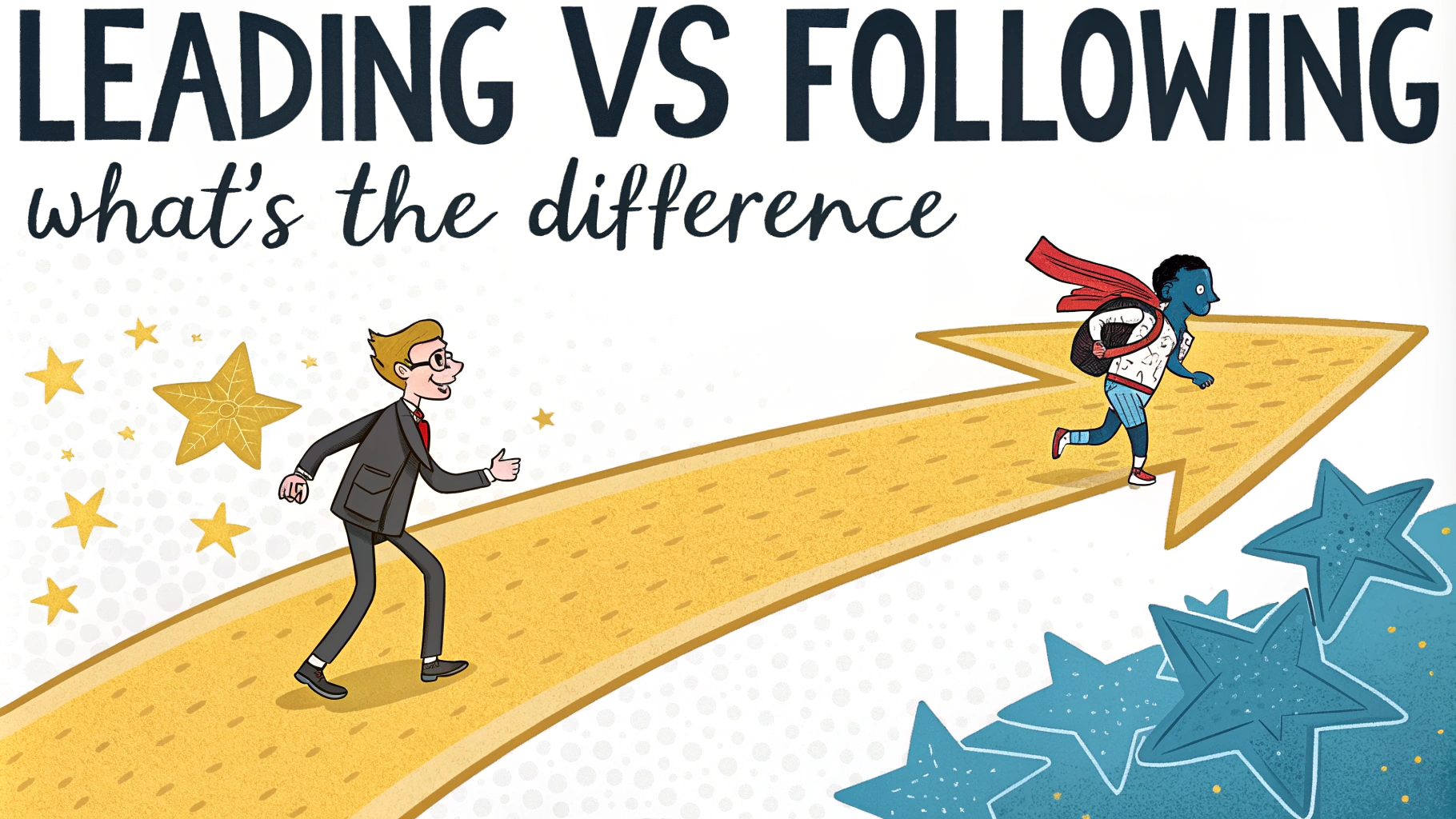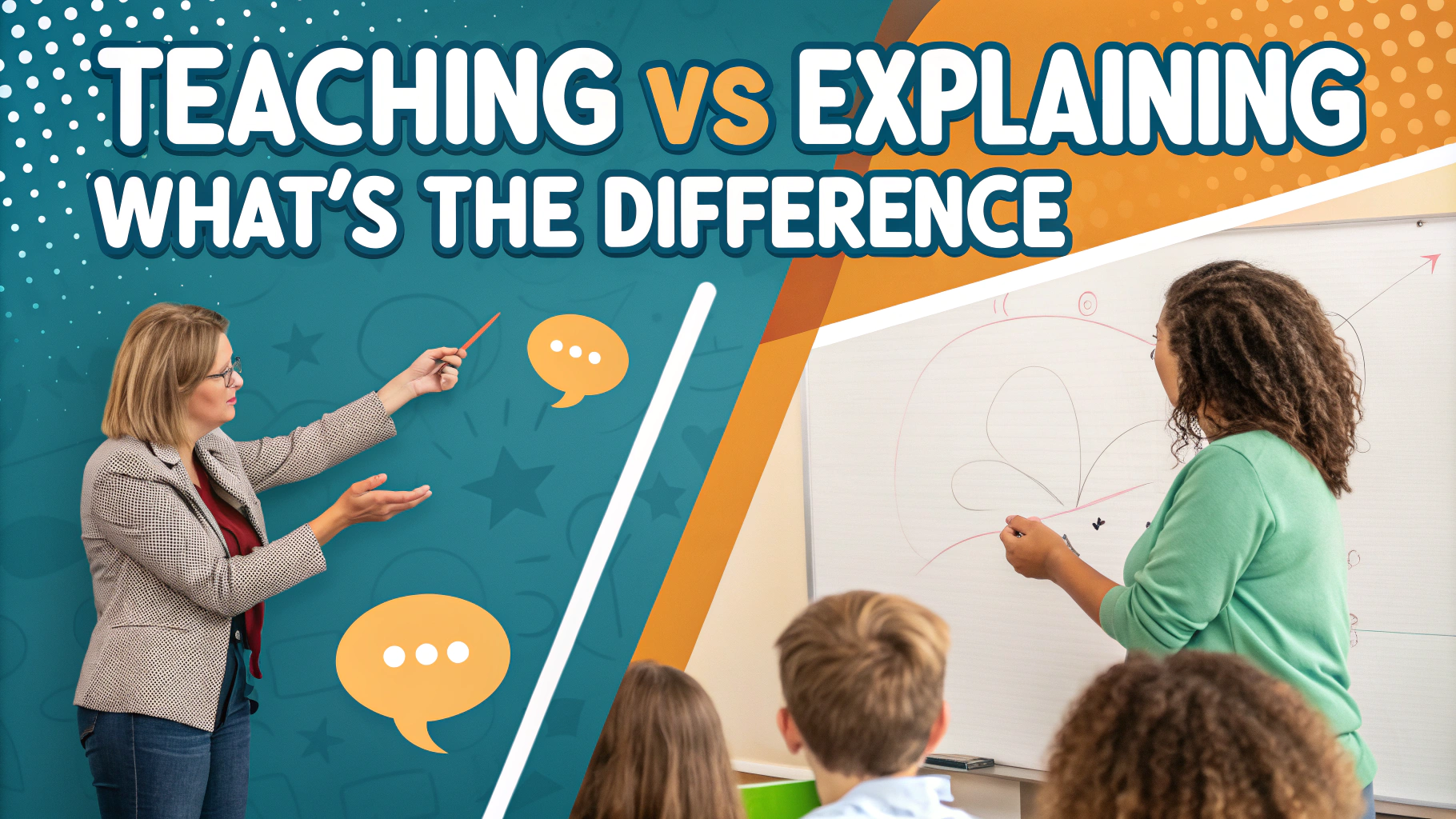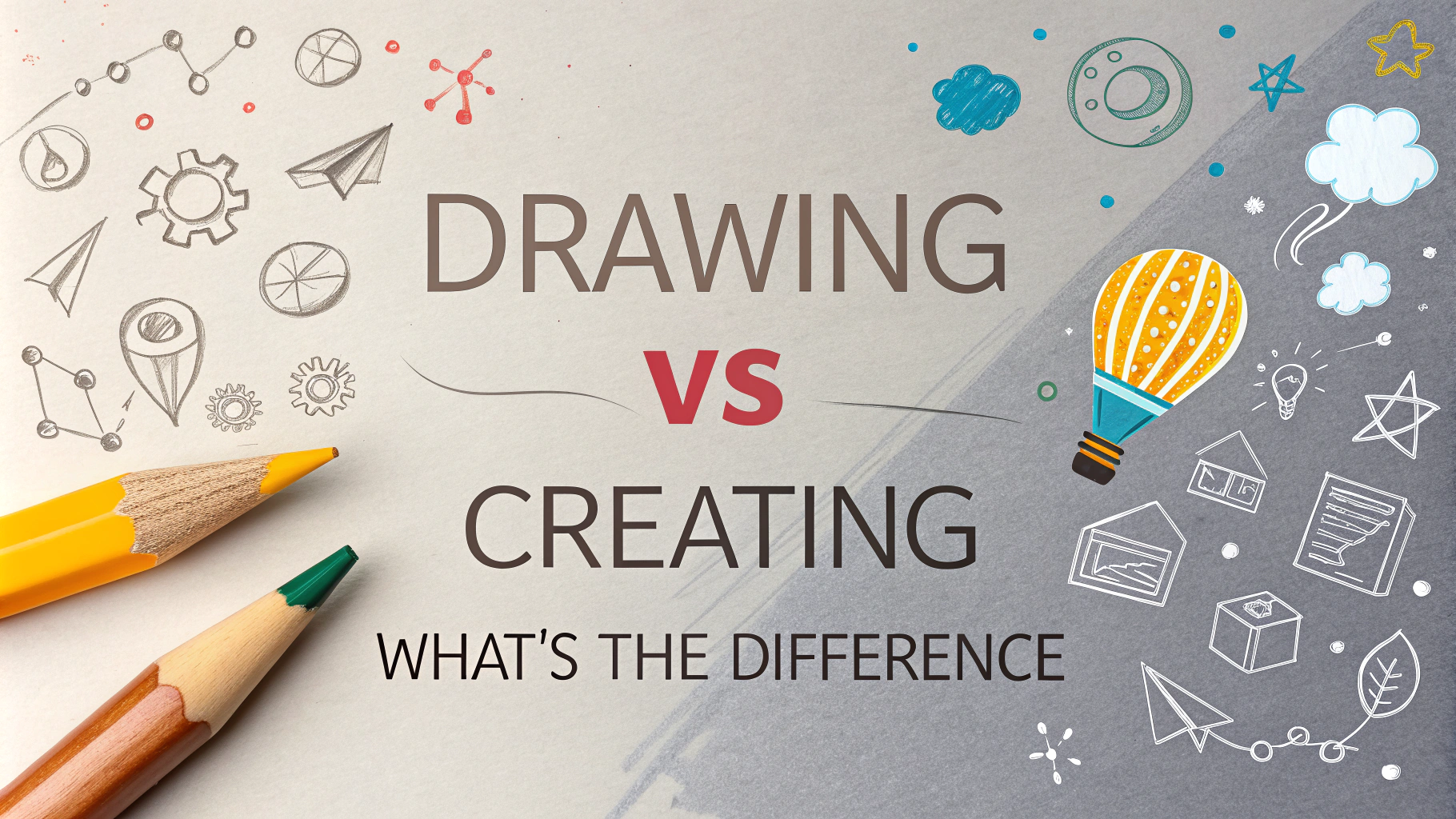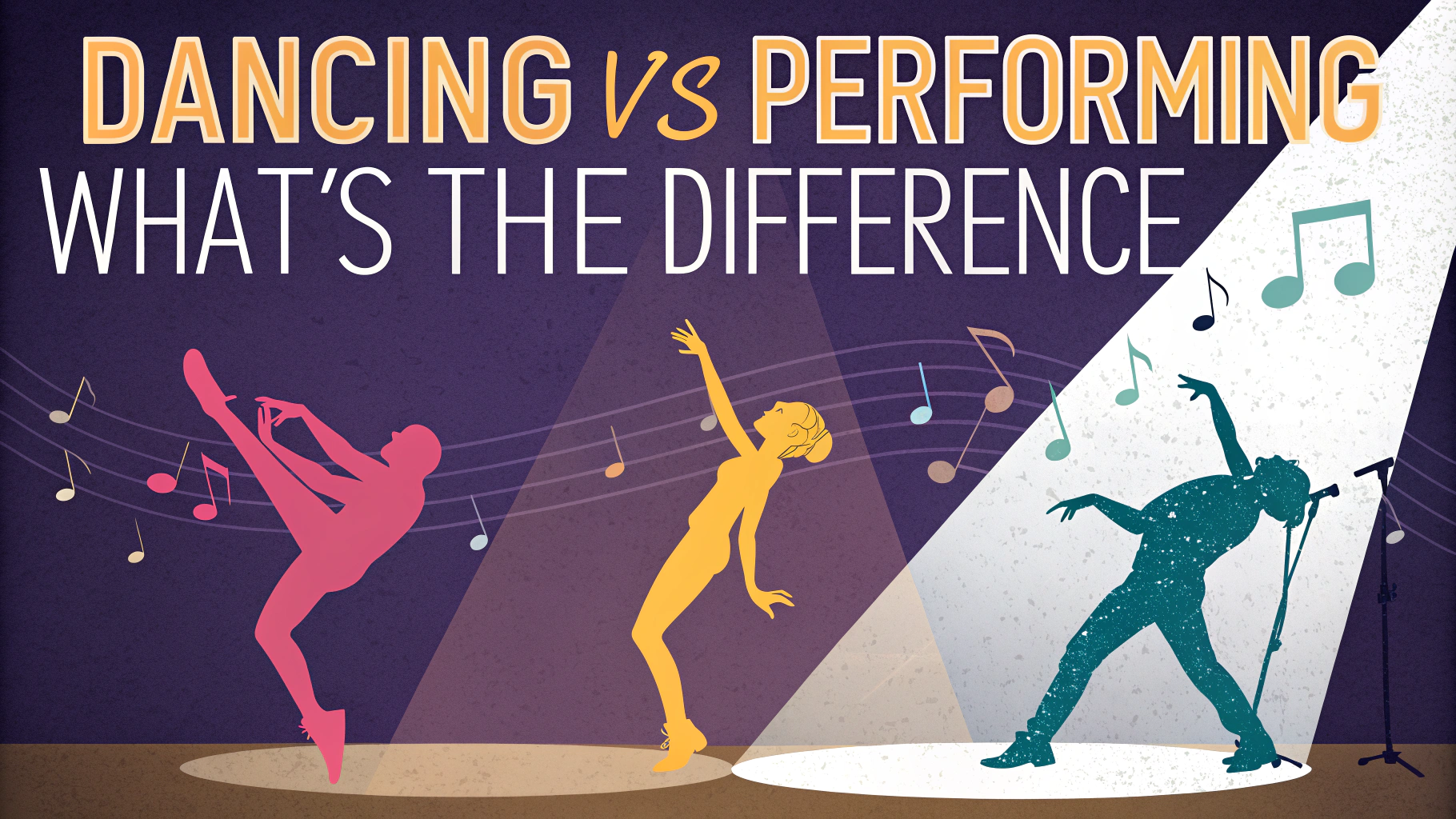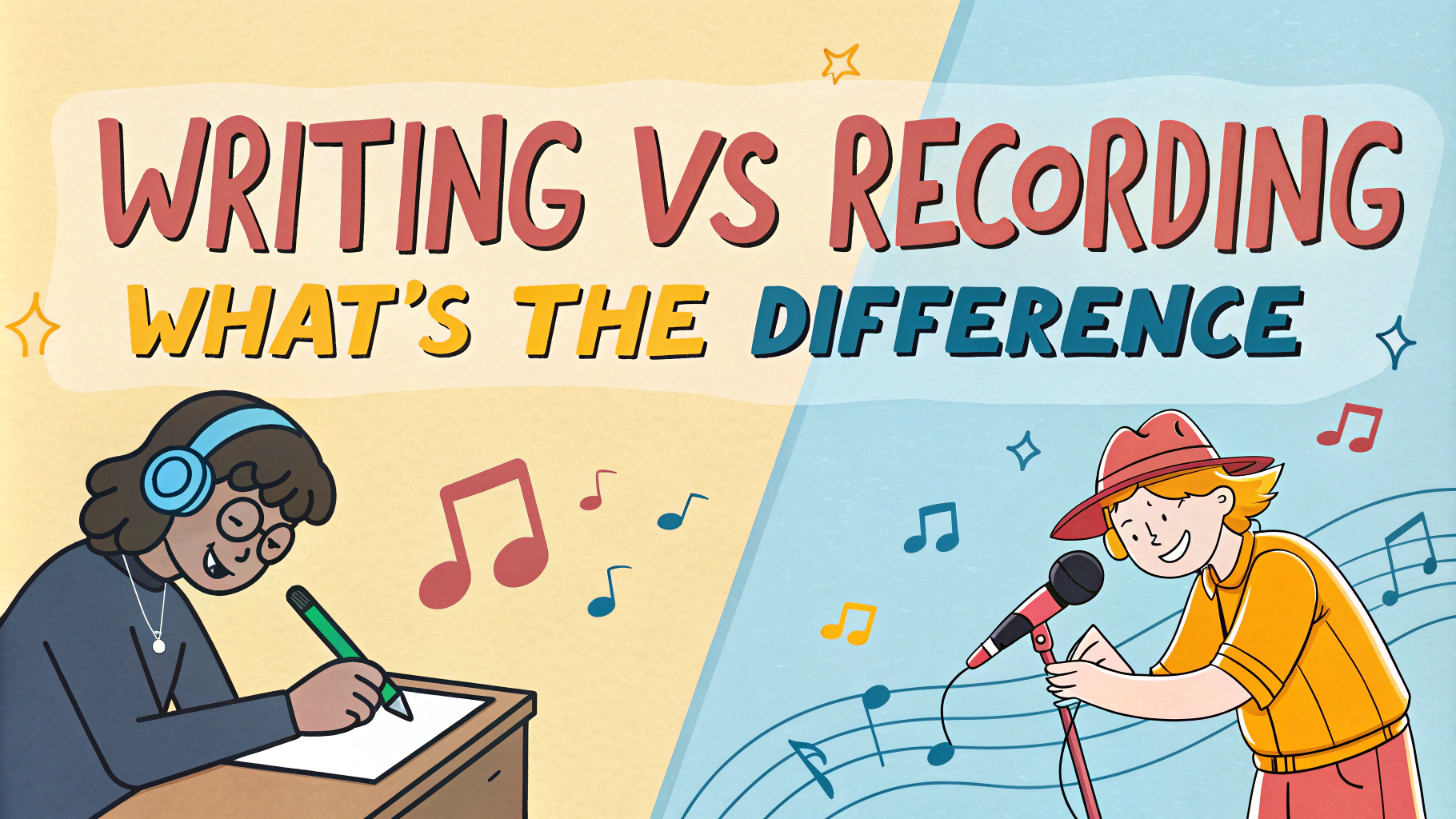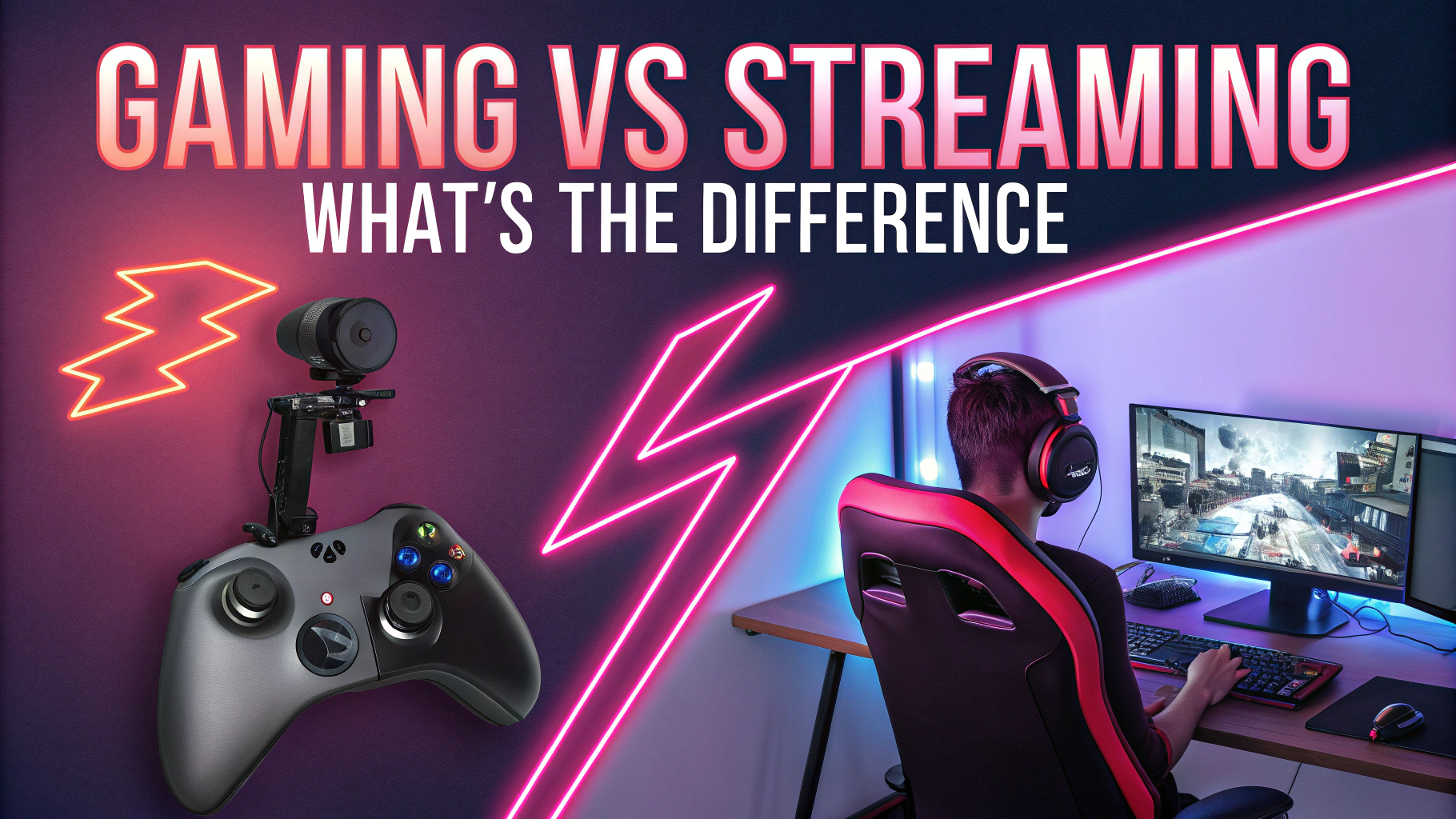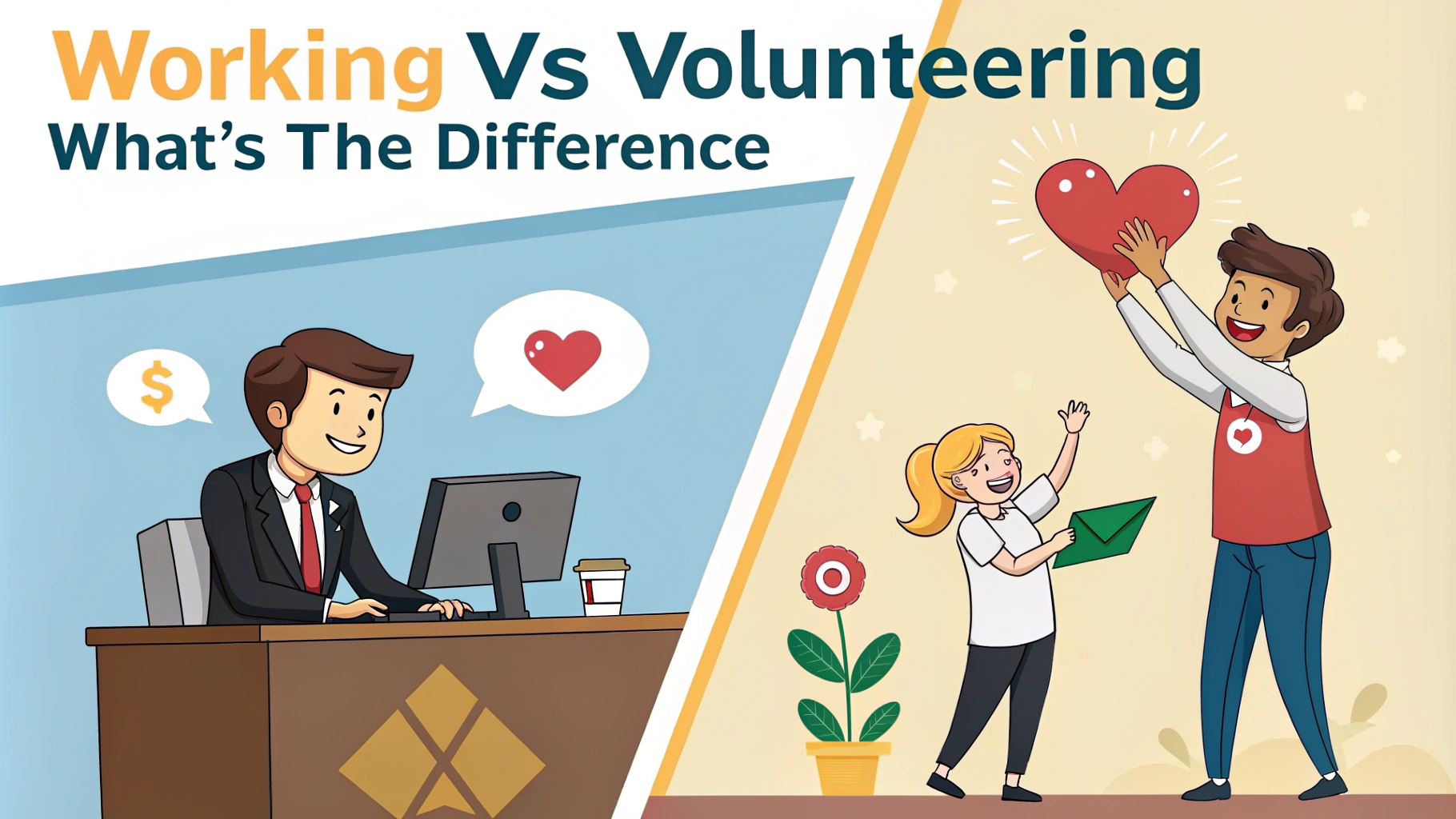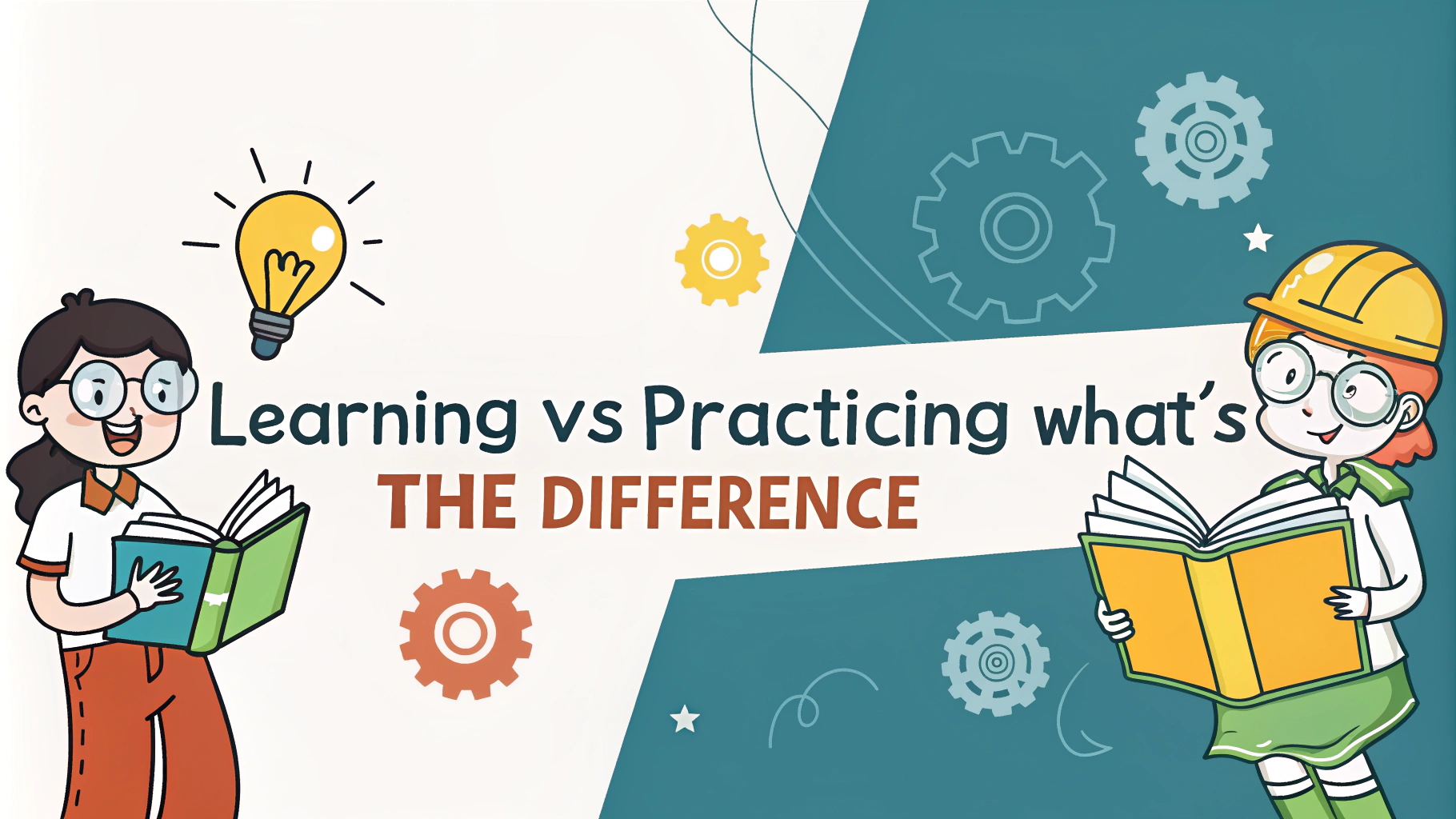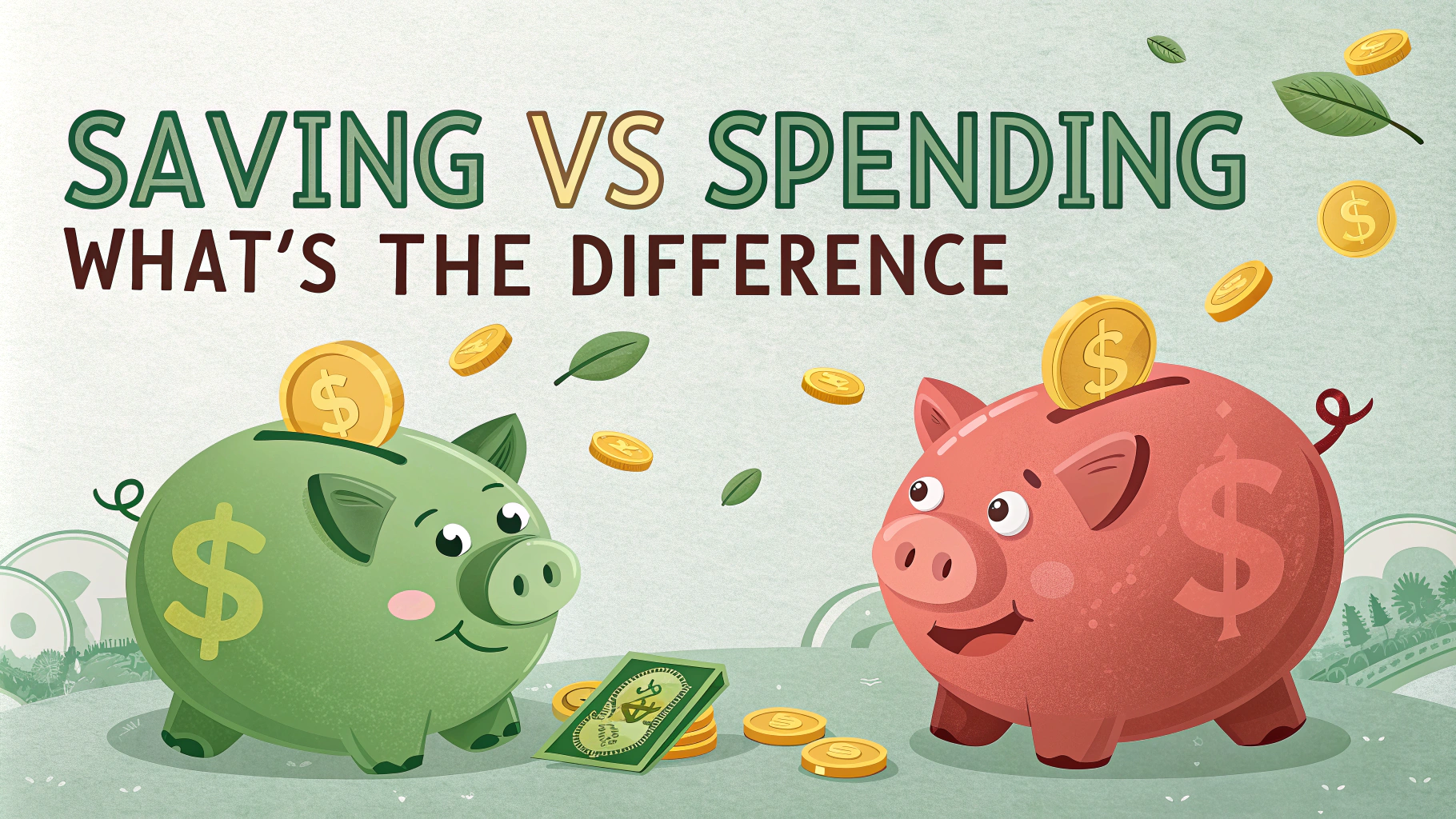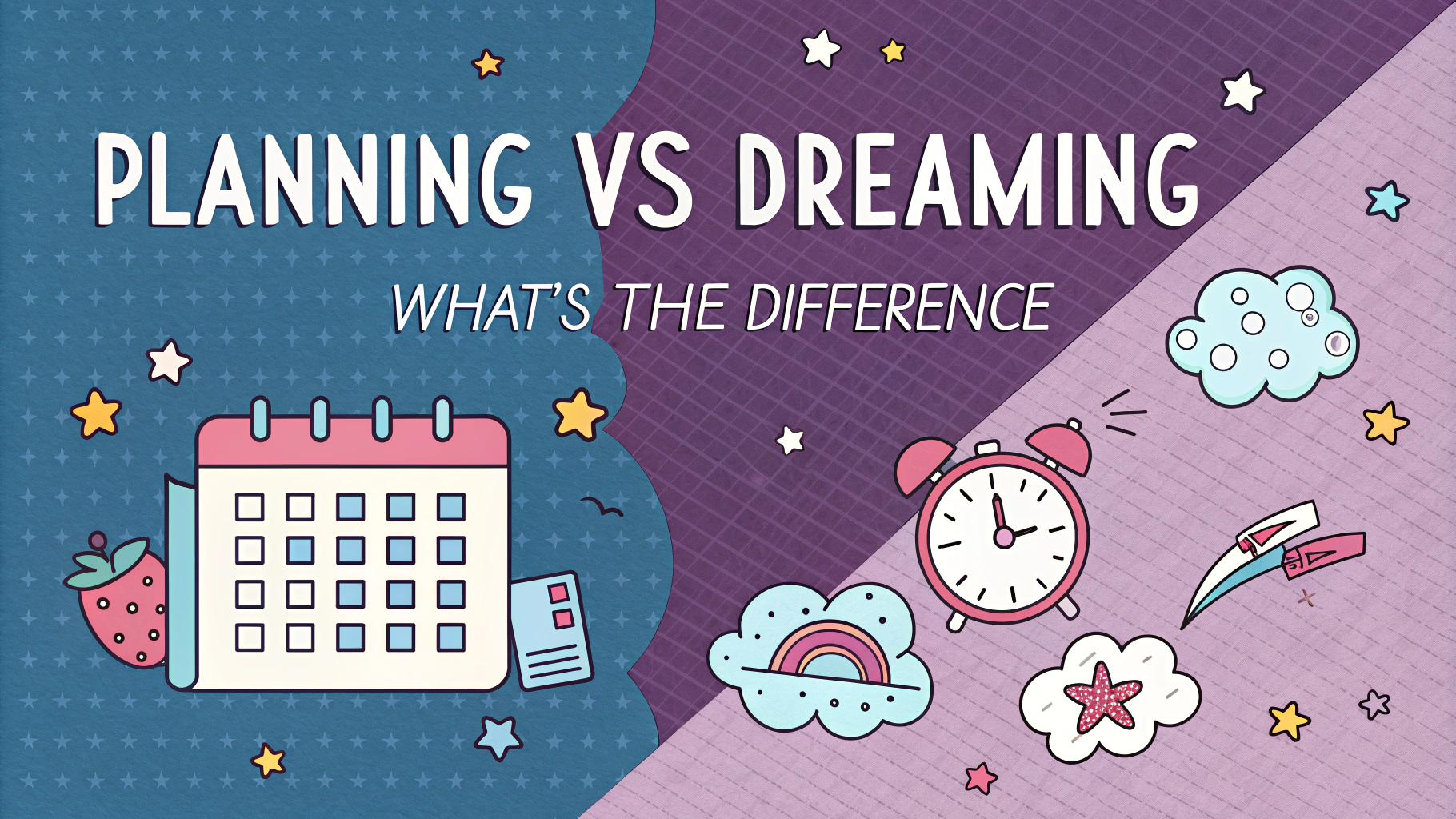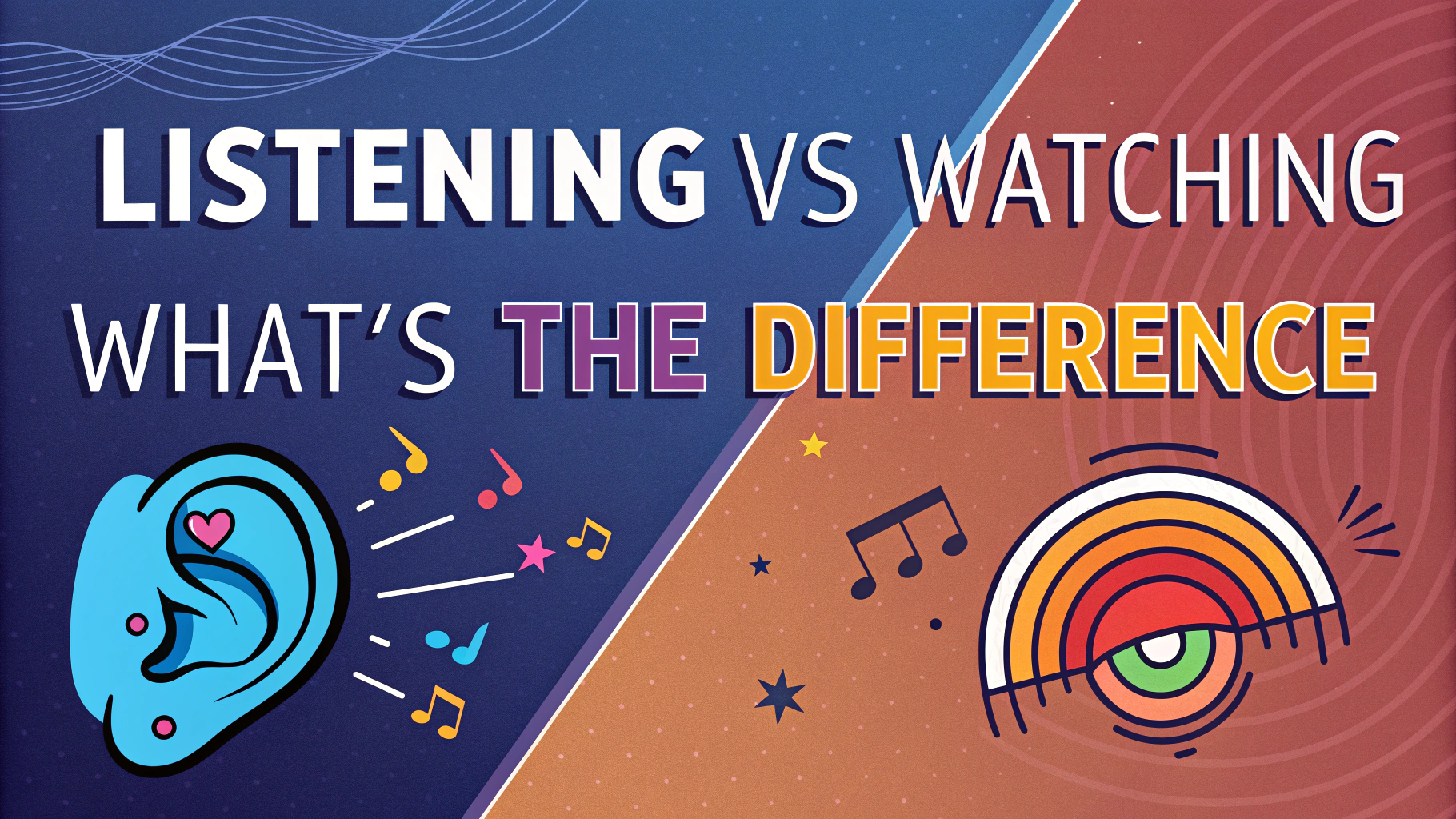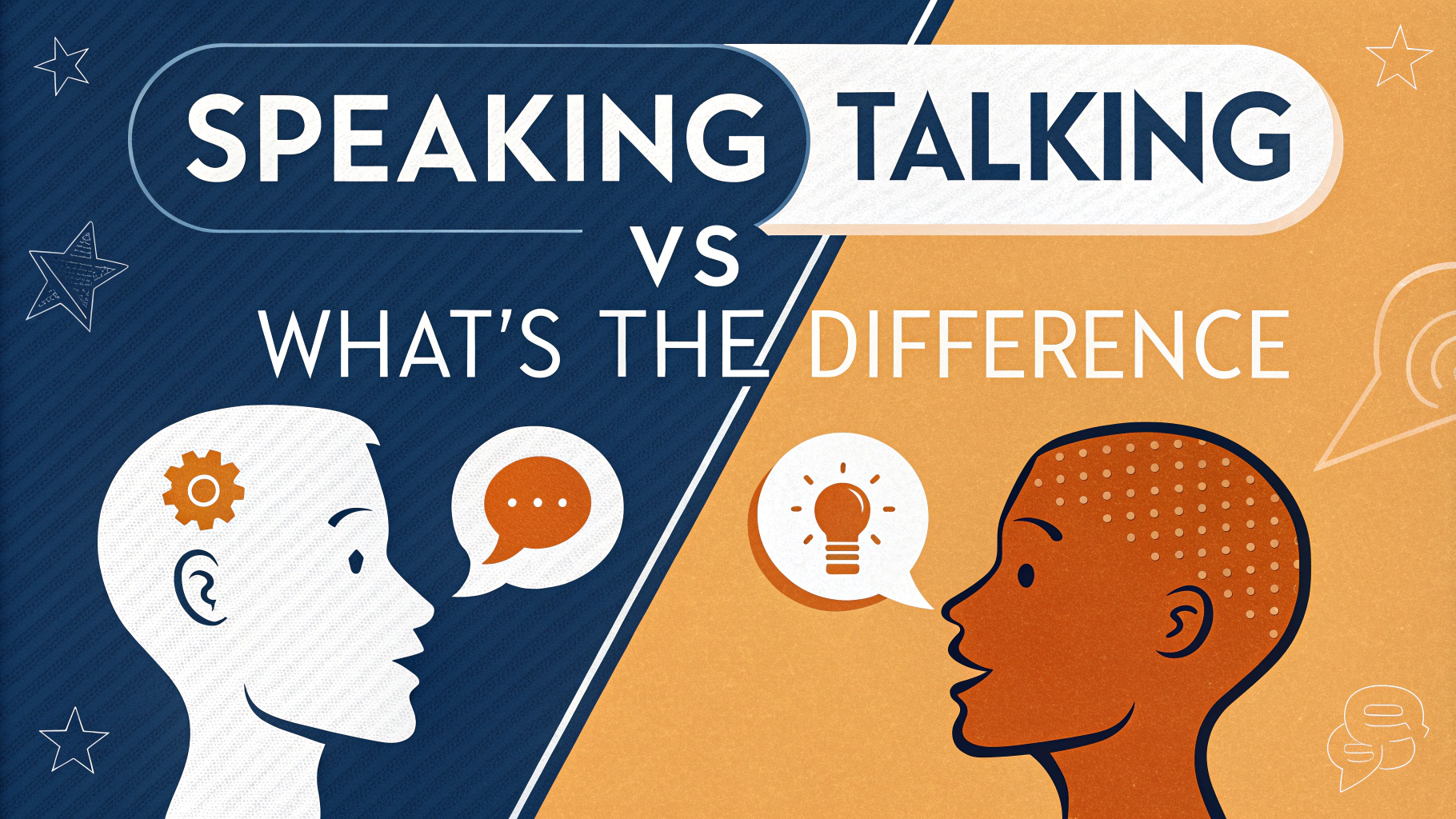When you’re in a financial pinch, deciding between pawning and selling your valuables can be tricky. Both options offer quick cash, but they come with different pros and cons.
This article breaks down the key differences between pawning and selling, helping you make an informed decision. We’ll explore factors like item value retention, repayment terms, and potential risks to guide you through this financial crossroads.
By understanding these options, you’ll be better equipped to choose the best path for your unique situation. Let’s dive into the world of pawning and selling to find the right solution for your short-term cash needs.
Understanding Pawning: A Temporary Solution
Pawning involves using an item as collateral for a short-term loan. You retain ownership of the item but must repay the loan with interest to get it back.
Key features of pawning:
- Quick access to cash
- Ability to reclaim your item
- Interest charges on the loan
- Typically lower payout than selling
Selling: A Permanent Cash Solution
Selling your item means transferring ownership in exchange for money. This option often yields more cash but means parting with your possession permanently.
Benefits of selling:
- Higher payout compared to pawning
- No repayment or interest charges
- Clean break from the item
Comparing the Financial Impact
The financial outcomes of pawning and selling can vary significantly. Consider these factors:
| Factor | Pawning | Selling |
|---|---|---|
| Immediate Cash | Lower amount | Higher amount |
| Long-term Cost | Interest charges | No additional costs |
| Item Recovery | Possible | Not possible |
Evaluate your financial needs and the sentimental value of your item when making your decision.
Evaluating Your Financial Situation
Before deciding between pawning and selling, assess your current financial state. Consider these factors:
- Urgency of cash need
- Amount required
- Future income prospects
- Emotional attachment to the item
A clear understanding of your finances helps determine the best course of action.
Maximizing Value in Pawning and Selling
To get the most out of either option, follow these tips:
For Pawning:
- Clean and present items well
- Research current market values
- Negotiate interest rates and terms
- Understand the pawn shop’s policies
For Selling:
- Explore multiple selling platforms (online marketplaces, local shops)
- Provide detailed item descriptions and high-quality photos
- Set competitive prices based on market research
- Be prepared to negotiate with potential buyers
Legal Considerations and Risks
Both pawning and selling involve legal aspects and potential risks:
| Aspect | Pawning | Selling |
|---|---|---|
| Ownership | Temporary transfer | Permanent transfer |
| Legal Documentation | Loan agreement | Bill of sale |
| Main Risk | Item forfeiture if loan unpaid | Undervaluing the item |
Familiarize yourself with local pawn shop regulations and consumer protection laws to safeguard your interests.
Alternatives to Pawning and Selling
Before committing to pawning or selling, consider these alternatives:
- Personal loans: May offer better interest rates for larger amounts
- Credit card cash advances: Quick access to funds, but high interest rates
- Peer-to-peer lending: Online platforms connecting borrowers with individual lenders
- Side gigs: Temporary work to generate extra income
Explore these options to find the most cost-effective solution for your situation.
Making the Final Decision
Weigh the pros and cons of pawning and selling against your specific needs:
Choose pawning if:
- You need a short-term loan
- The item has sentimental value
- You’re confident in your ability to repay
Opt for selling if:
- You need a larger sum of money
- You’re ready to part with the item permanently
- You want to avoid interest charges
Consider seeking advice from a financial advisor for complex situations.
Conclusion
Choosing between pawning and selling depends on your financial needs, the item’s value, and your long-term plans. By carefully evaluating your situation and understanding the implications of each option, you can make an informed decision that best suits your circumstances.
Remember, whether you pawn or sell, prioritize working with reputable businesses and always read the fine print. Your financial well-being is paramount, so choose the path that aligns with your immediate needs and future goals.
FAQs about Pawning vs. Selling
1. What’s the main difference between pawning and selling?
Pawning is a short-term loan where you use an item as collateral, while selling involves permanently transferring ownership of an item for money.
2. How does the pawn shop process work?
The pawn shop process typically involves:
- Bringing in your item for appraisal
- Receiving a loan offer based on the item’s value
- Agreeing to loan terms and interest rates
- Leaving your item as collateral
- Repaying the loan plus interest to reclaim your item
3. What items can I pawn or sell?
Common items include:
- Jewelry
- Electronics
- Musical instruments
- Tools
- Collectibles
4. Which option gives me more money: pawning or selling?
Generally, selling an item outright will yield more money than pawning it, as pawn shops need to account for potential default and storage costs.
5. What are the pros and cons of pawning vs. selling jewelry?
| Pawning Jewelry | Selling Jewelry |
|---|---|
| Pro: Can reclaim the item | Pro: Usually get more money |
| Con: Pay interest on loan | Con: Permanently lose the item |
6. How long do I have to repay a pawn loan?
Typical pawn loan terms range from 30 to 90 days, but this can vary by location and pawn shop policies.
7. What happens if I can’t repay my pawn loan?
If you can’t repay the loan, the pawn shop becomes the owner of the item and can sell it to recover their costs.
8. Are pawn shop interest rates higher than traditional loans?
Yes, pawn shop interest rates are generally higher than traditional bank loans due to the short-term nature and higher risk associated with these transactions.
9. Can I negotiate the price when selling to a pawn shop?
Yes, you can often negotiate the price when selling to a pawn shop. Research your item’s value beforehand to strengthen your position.
10. Is it better to pawn or sell electronics?
Selling electronics is often better as their value depreciates quickly. However, if you need the item back soon, pawning might be preferable.
11. What documents do I need to pawn or sell an item?
Typically, you’ll need a valid government-issued ID. For pawning, you may also need proof of ownership for high-value items.
12. How do pawn shops determine the value of items?
Pawn shops consider factors like:
- Current market value
- Condition of the item
- Demand for the item
- Authenticity (for luxury goods)
13. Can I pawn or sell a car?
Yes, many pawn shops offer auto pawn loans or will purchase vehicles outright. The process is similar to pawning or selling other items but may require additional documentation.

